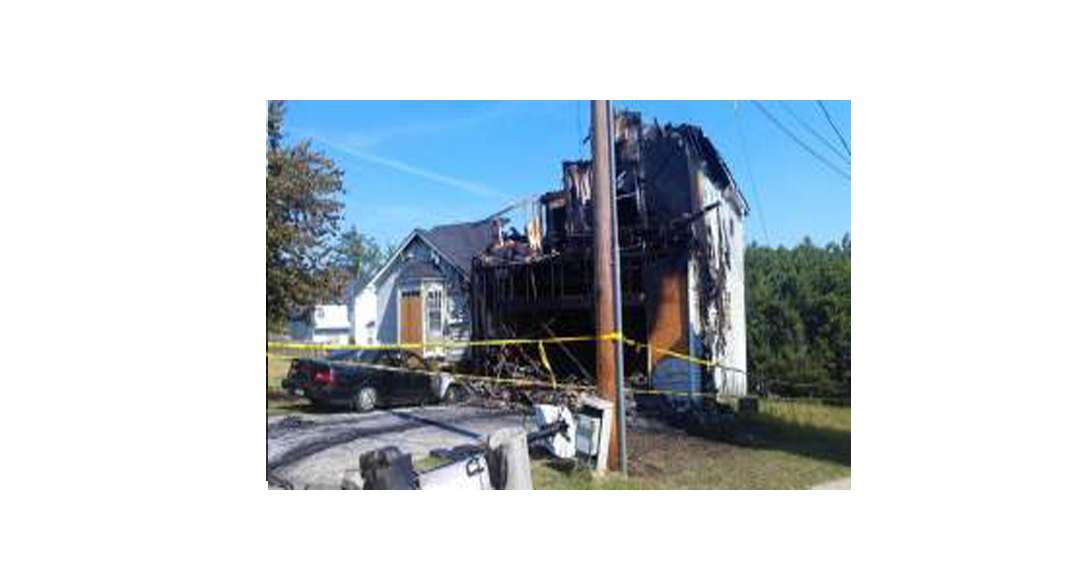It’s National Fire Prevention Week. Let me share with you 5 Tips from Money US Newsabout the biggest dangers for house fires and what you can do about them.
Five Tips for Preventing House Fires
Fire Threat 1: Cooking
Fire safety starts in the kitchen. Cooking—particularly stove-top cooking—represents the leading cause of home fires. Many such fires occur after residents put something on the stove but become distracted and forget about it. “They lose track of it, and then before they know it, the fire is very large,” Appy says.
Solution: Stand by your pan Because cooking causes so many home fires, it’s essential to give anything that’s on top of your stove has your undivided attention. “I sometimes make a joke about the Tammy Wynette song [“Stand by Your Man”]: ‘Stand by Your Pan,’ ” Appy says. “If you have to leave [the kitchen], turn the heat off [the burner] before you answer the phone or leave the room.”
Fire Threat 2: Heating
The second-most-common cause of home fires is heating—although in the winter months, it becomes the leading concern. Portable, electric space heaters start a great deal of trouble, as sheets or window curtains accidentally come in contact with the unit and ignite.
Solution: Give heaters space People using space heaters should ensure that they are far enough away from other objects to avoid danger. “A space heater needs 3 feet of clear space all around it in all directions, keeping it away from draperies, furniture, bedspreads, people, and pets,” Appy says. In addition, homeowners should have their central heating equipment professionally inspected and serviced each heating season. And if you regularly have logs burning in your fireplace, get your chimney inspected and cleaned annually as well.
Fire Threat 3: Smoking
In addition to its health dangers, smoking is the third-most-common cause of home fires—and the top cause of home fire deaths. Such fires can occur as smokers lose track of their still-smoldering butts, which then come in contact with flammable surfaces such as couch cushions.
Solution: Take it outside If you have a smoker in the house, the best way to prevent cigarette-related home fires is to institute a policy of no smoking indoors. “Do it outside, because that typically will remove folks from dangerous spots like upholstered furniture. Most people do not have as many combustible items around outside,” Appy says. In addition, cigarettes should be doused with water before they are thrown away to make sure they are completely extinguished.
Fire Threat 4: Electrical
Faulty or deteriorating electrical cords are another top cause of home fires. Cords that become frayed or cracked can send sparks to flammable surfaces and start a fire.
Solution: Cord checkup Check all of your electrical cords to ensure that they are in good shape, and replace any that are worn out. In addition, “make sure you are not overloading circuits,” Appy says. “It should be one plug per receptacle—you don’t want that octopus thing going on.”
Fire Threat 5: Candles
Since they have open flames and are fixtures in many households, candles are also among the most common sources of home fires.
Solution: Think about batteries Instead of using traditional, open-flame candles, consider switching to battery-operated candles that look and perform like real ones. If you do use traditional candles, make sure there is always an adult paying attention in the room when one is burning. (The flame should be extinguished when the adult leaves the room.) “Get out of the habit of lighting a candle in a room and just leaving it burning,” Appy says. “You are inviting disaster.” Finally, candles should not be lit in your bedroom.



